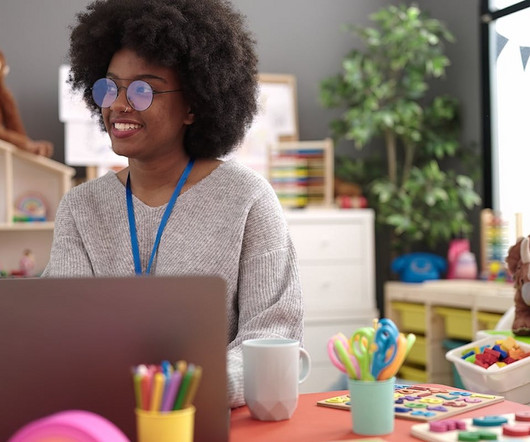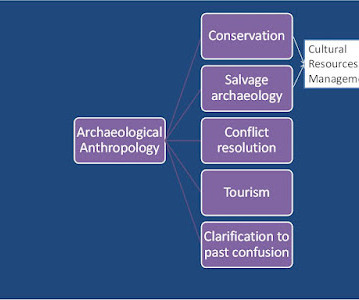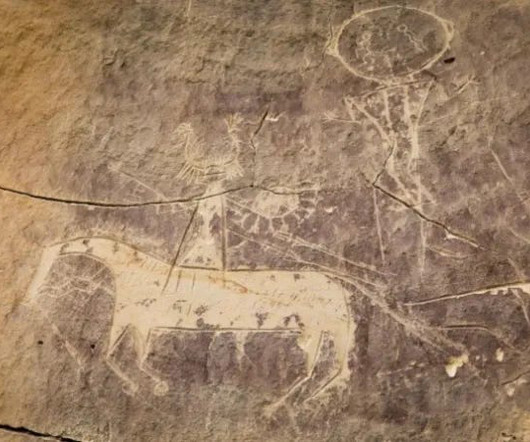Oral History of Forgottonia: Building a Public History Project in Rural Western Illinois
NCHE
APRIL 3, 2023
At the grocery store: “ Your students did such a great job documenting our local history! What’s the name of that young lady who did a history project about Dickson Mounds? These are just a few interactions I’ve had since my students and I shared our public history project, “The Oral History of Forgottonia.”












Let's personalize your content